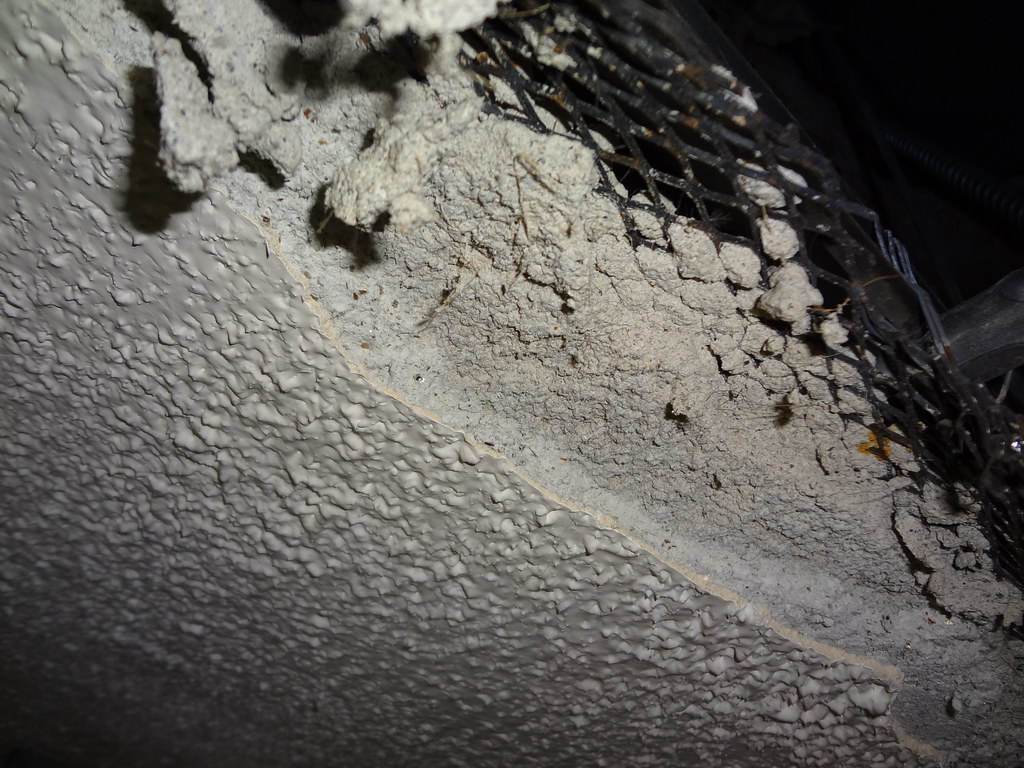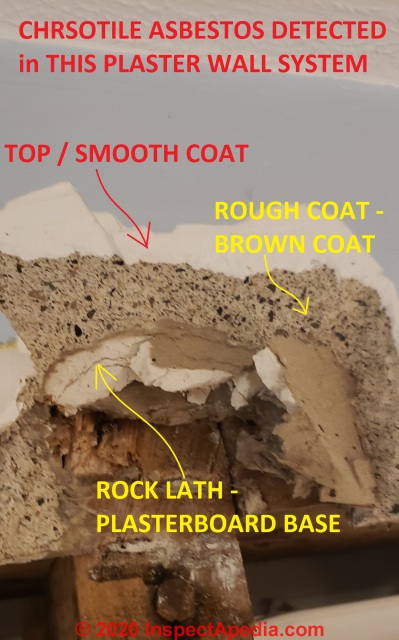

There are a few asbestos brands that are known for containing asbestos. If you happen to have a detailed building record of your building, then you may be able to determine the risk for asbestos based on the plaster used. In this case, there is a high possibility that asbestos is within your walls.īecause asbestos was used as a fire-retardant, plaster walls labeled “fire-rated” are more likely to contain this harmful material. If the home was renovated between 19, you should also get it checked.

If the building was built during the 1920s to 1990s, then it is a good idea to have it checked for asbestos, as it was used heavily during this period. There are a few warning signs you can look out for, though testing is the only way to know for sure. The best way to determine if your home has asbestos is to test it. However, there are still homes out there with older plaster that does contain asbestos. Image Credit: KPG-Payless, ShutterstockĪsbestos is no longer used in home construction due to its link with cancer. Construction workers, renovating workers, and those living in homes with asbestos are also at risk for exposure. Workers who worked next to asbestos are at the highest risk, as they were likely exposed to quite a bit of asbestos. The soft lung and throat tissues are most at-risk, which is why mesothelioma can occur later after an earlier exposure. Once asbestos is inhaled, it remains in the lungs and does continuous damage. Cars owned by those exposed to asbestos are particularly at-risk, as they are very small, enclosed areas.Ī little asbestos goes a long way in a car. On top of being in the room where asbestos is, it can also cling to shoes and garments.

As a wall is worn, it will release the asbestos into the air. Usually, testing is recommended before renovating older homes for this reason, but, you don’t have to be renovating to get exposed. Therefore, those who are renovating old homes are at the highest risk. Typically, the asbestos will stay put until the wall is damaged, worn, or removed. Even then, not everyone gets exposed to asbestos, even if it is in their walls. It is no longer used in homes, so only older homes typically contain it. Today, not many people are at risk for asbestos exposure. While this costs money, it can help protect your health and those of others around you. To prevent mesothelioma due to asbestos exposure, we recommend getting it tested. While not all plaster has asbestos, you should assume that any plaster in a home built before the 1980s does. However, it was only recently that its cancer-causing nature was determined and older homes built before the late 1980s often have asbestos in their plaster. While it does have high insulating properties, it can also cause cancer. For a long time, asbestos was regularly used in plaster to help with insulation.


 0 kommentar(er)
0 kommentar(er)
